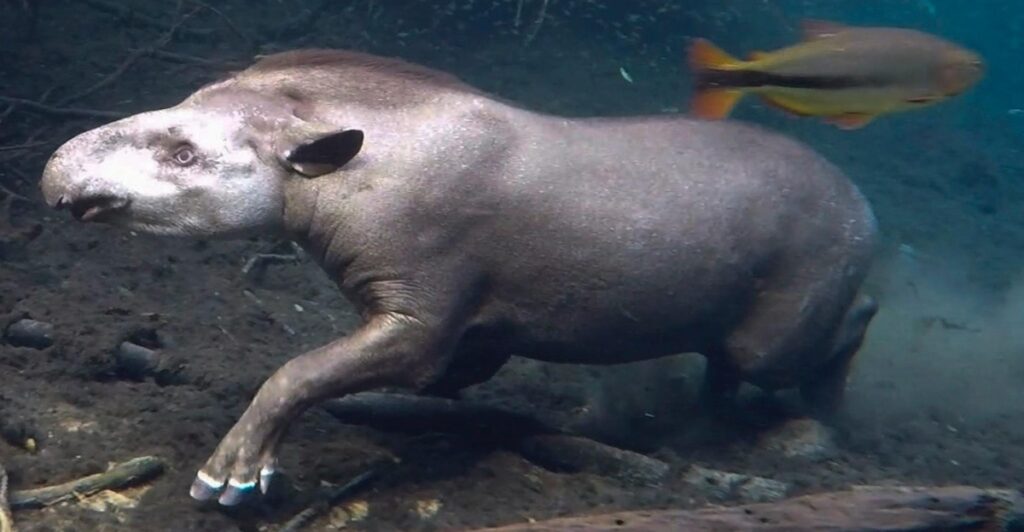
With their ancient lineage and critical role in the ecosystem, Lowland tapirs are quietly shaping South America’s rainforests. Yet, threats like deforestation and hunting have pushed this keystone species toward vulnerability. In Colombia, the Inga Indigenous community of Musuiuiai has taken decisive action, blending their spiritual traditions with scientific tools to safeguard tapirs and their habitat. Their efforts extend beyond conservation to the preservation of cultural identity and ecological balance.
A Role as Forest Regenerators
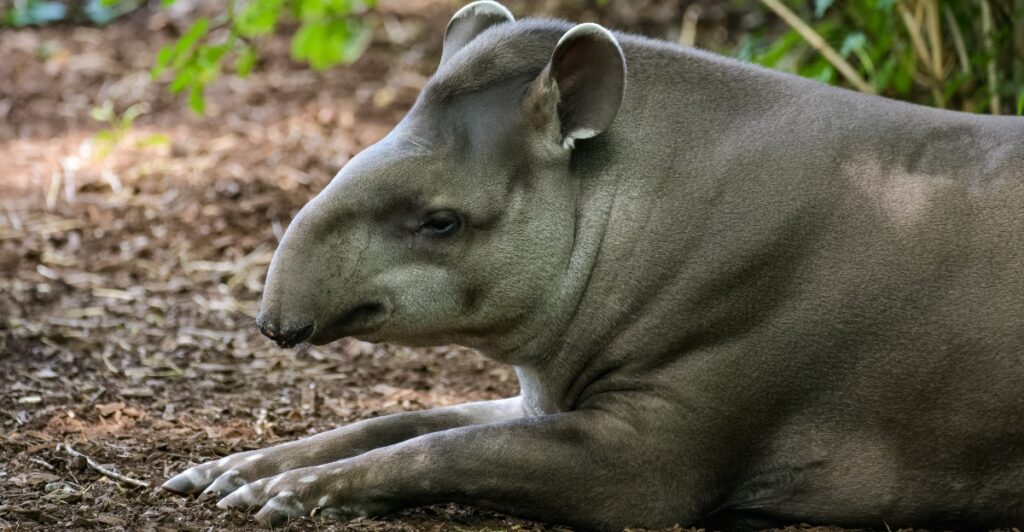
Lowland tapirs play a major role in maintaining healthy forests by consuming and dispersing seeds from over 460 plant species, promoting tree diversity and aiding natural reforestation. As the last large-bodied seed dispersers in South America, they’re often called the “gardeners of the forest.” Without tapirs, the regeneration of tropical rainforests would slow significantly, leaving ecosystems more vulnerable to degradation. Their contributions to biodiversity ripple through the environment, from Colombia’s rainforests to northern Argentina’s savannas.
At Risk of Disappearing
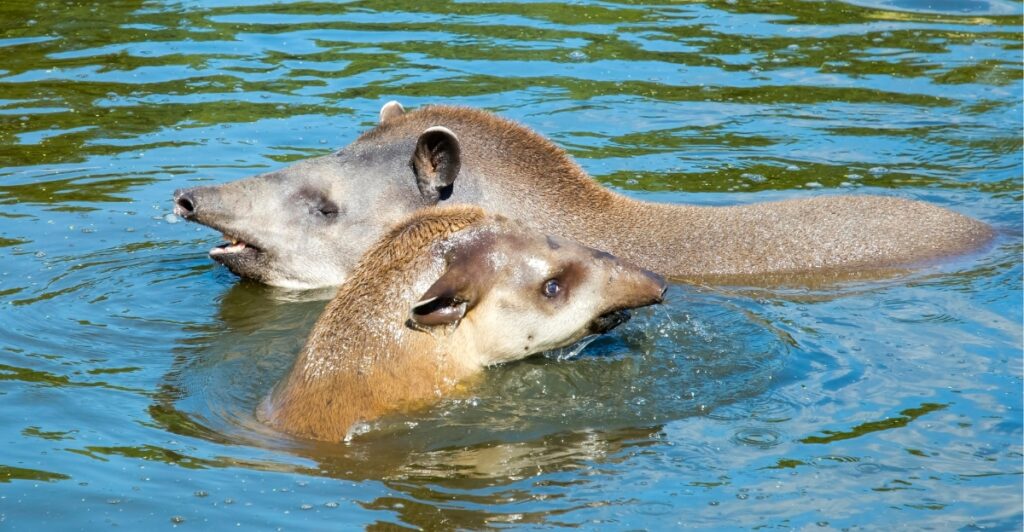
Lowland tapirs are listed as vulnerable by the International Union for Conservation of Nature (IUCN), largely because of hunting and habitat loss due to agriculture and mining. In Colombia, the expansion of oil palm plantations and deforestation has significantly reduced their roaming areas. This issue is compounded by their slow reproductive rate, which makes it harder for populations to recover from hunting. Their numbers have declined across their entire range—a challenge that demands immediate action to ensure these gentle creatures don’t slip closer to extinction.
Tapirs Hold Sacred Status
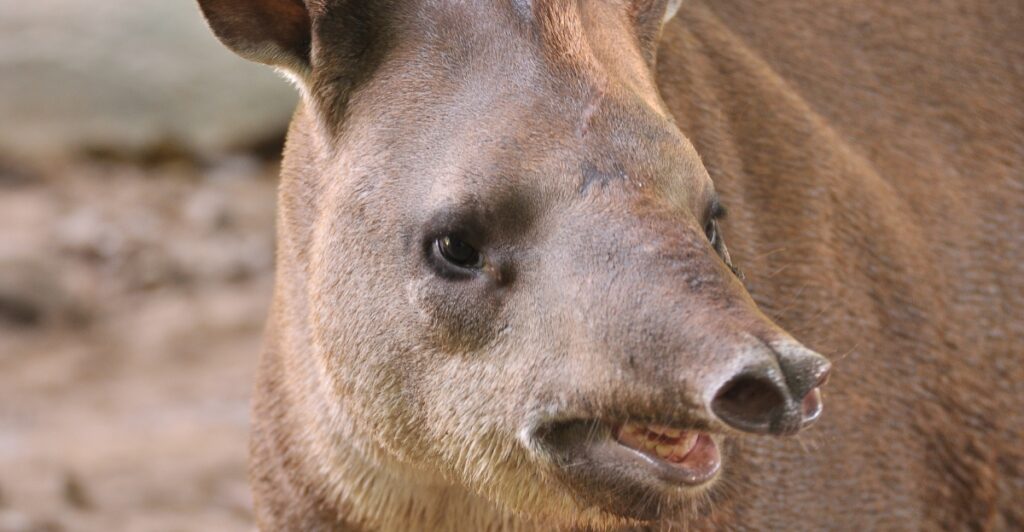
In the Inga community of Musuiuiai, tapirs are revered as sacred animals, known as Sacha wagra or “wild cow.” They’re believed to guard the mountains and salt licks—critical resources for the community and other wildlife. The tapir’s spiritual importance creates a deep cultural connection between the community and the species, motivating conservation efforts. This reverence shapes traditional beliefs and rules, such as taboos against hunting this species. By protecting the tapir, the Inga honor their spiritual heritage while contributing to the broader health of the forest.
Spiritual Visions Sparked Relocation
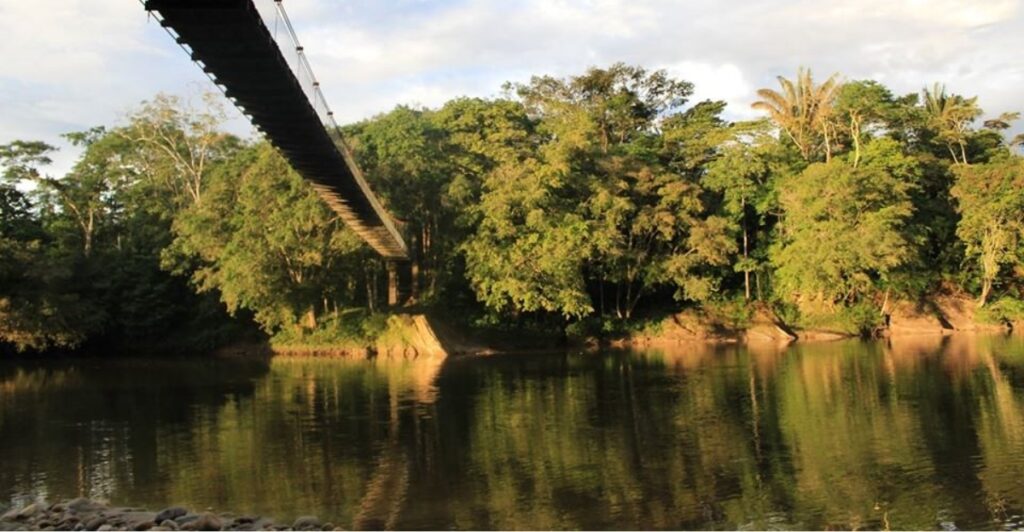
In the 1990s, the Inga community’s elders, using the psychoactive brew ayahuasca, received a vision instructing them to move to a biodiverse region in Colombia’s Putumayo department. This relocation led them to establish Musuiuiai, a sanctuary for both cultural preservation and conservation. Their new home became a hub for protecting species like the lowland tapir. The spiritual guidance continues to influence their approach to stewardship, blending traditional rituals with environmental action. This combination of cultural and ecological focus sets Musuiuiai apart as an innovative model for conservation.
Biocultural Conservation Bridges Worlds
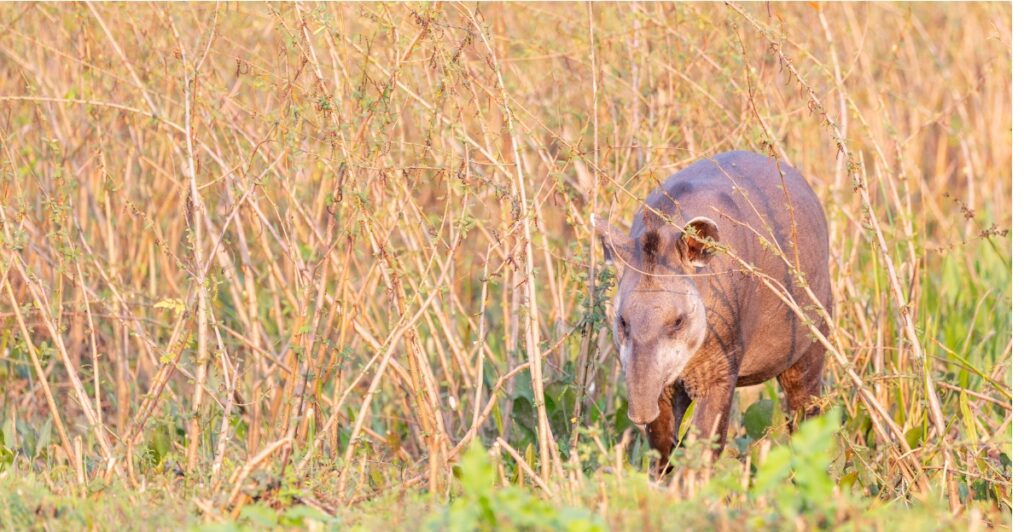
Musuiuiai embraces biocultural conservation, which integrates Indigenous values with ecological science. For instance, traditional tracking methods passed down through generations are combined with modern tools like camera traps to monitor tapir populations. By aligning their conservation goals with their way of life, the Inga demonstrate how Indigenous knowledge can enhance scientific research. Their efforts offer a promising example of how local communities can take the lead in preserving both their cultural heritage and their environment.
An Officially Protected Territory
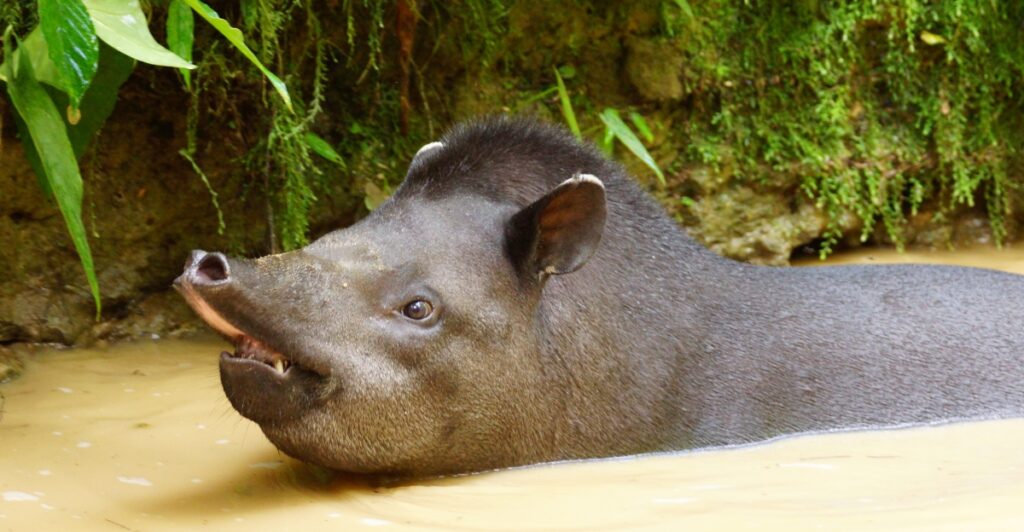
In 2020, Musuiuiai was declared an Indigenous and Community Conserved Area (ICCA). This designation acknowledges its cultural and ecological significance, granting the community international recognition and greater control over their land. The ICCA status acts as a safeguard against external threats like mining and deforestation while empowering the Inga to continue their conservation work. By securing this status, the community has strengthened its ability to protect not only the tapirs but also the broader diversity of its forests, ensuring sustainable coexistence for generations to come.
Hunting Rules Reflect Evolving Beliefs
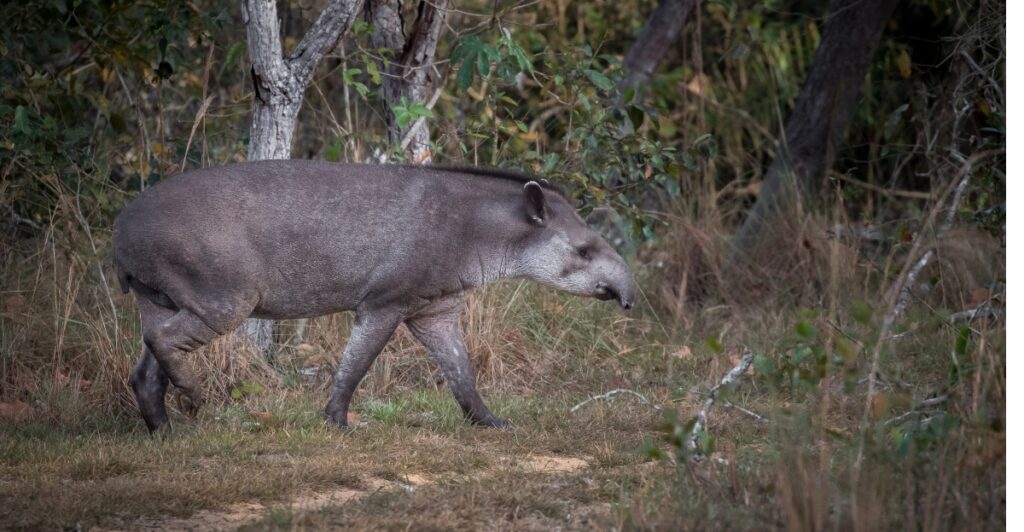
Hunting tapirs was once a tradition for the Inga, valued for their meat and medicinal fat. Over time, the community reevaluated this practice, choosing the protect the tapir instead. Today, strict taboos against hunting the species are enforced to preserve their spiritual and ecological significance. This shift illustrates how cultural traditions can adapt to changing needs, with conservation taking precedence. While other Indigenous groups may still hunt tapirs, the Inga’s decision sets a precedent for balancing cultural practices with species protection.
Guardians Patrol for Wildlife Protection
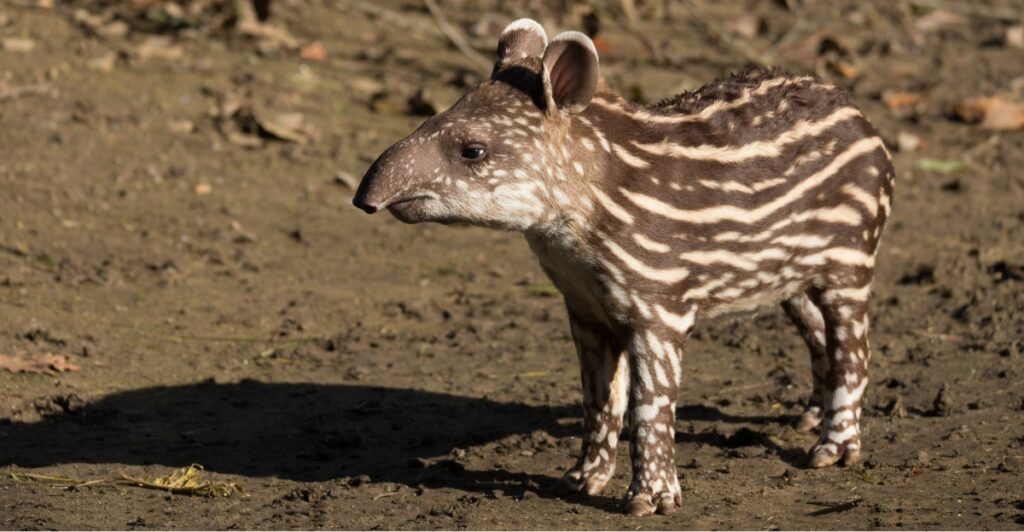
The Alapamata Michadur, or “defenders of the territory,” are a group of Inga community members dedicated to monitoring the forest. They track wildlife, set up camera traps, and collect data on tapirs and other species. Their work is physically demanding, involving hours of trekking through dense rainforests, but it’s driven by a shared purpose: safeguarding their environment. By combining traditional ecological knowledge with scientific methods, the guardians play a crucial role in protecting the tapir and ensuring the health of the ecosystem they depend on.
A Refuge for Rare Species
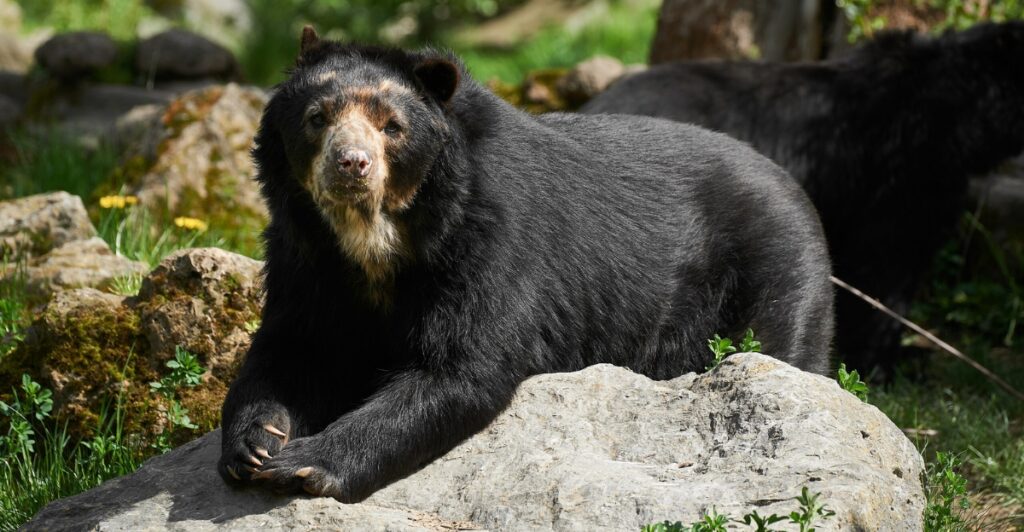
Musuiuiai’s forests are home to an incredible array of wildlife, including jaguars, spectacled bears, and countless bird species. Protecting the tapir has ripple effects across this biodiverse habitat, supporting a delicate balance. By focusing on a keystone species like the tapir, the community indirectly protects other animals and plants in the ecosystem. This interconnected approach emphasizes the importance of preserving entire habitats rather than isolating conservation efforts to a single species, ensuring long-term ecological stability.
Backed by Global Conservationists
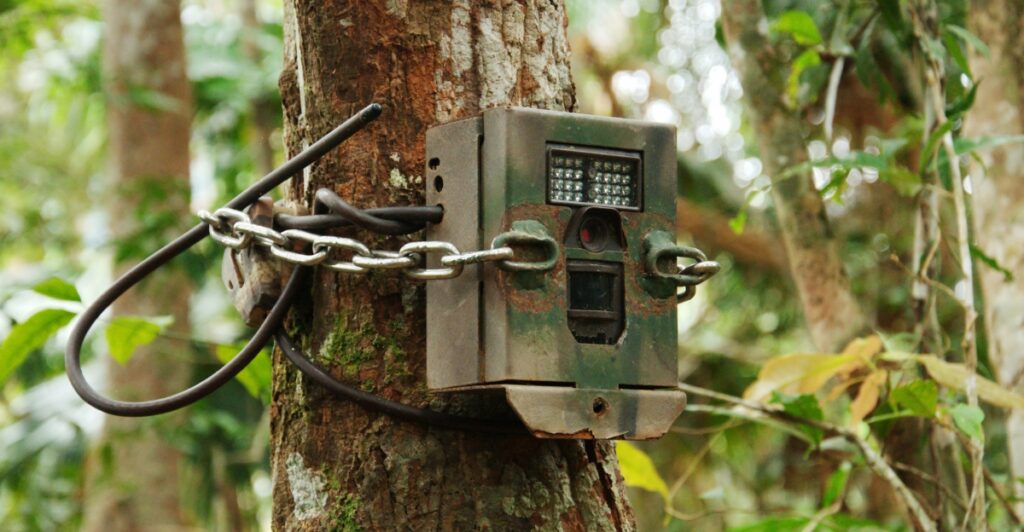
Musuiuiai’s efforts have gained support from international organizations, including the Conservation Leadership Programme. These partnerships provide funding, training, and equipment, enabling the Inga to expand their conservation work. Such collaborations demonstrate the value of supporting Indigenous-led initiatives, which often prove more effective than external interventions. The global recognition of Musuiuiai’s work also highlights the critical role local communities play in addressing biodiversity loss, offering lessons for conservation efforts worldwide.
Connecting Communities for Greater Impact
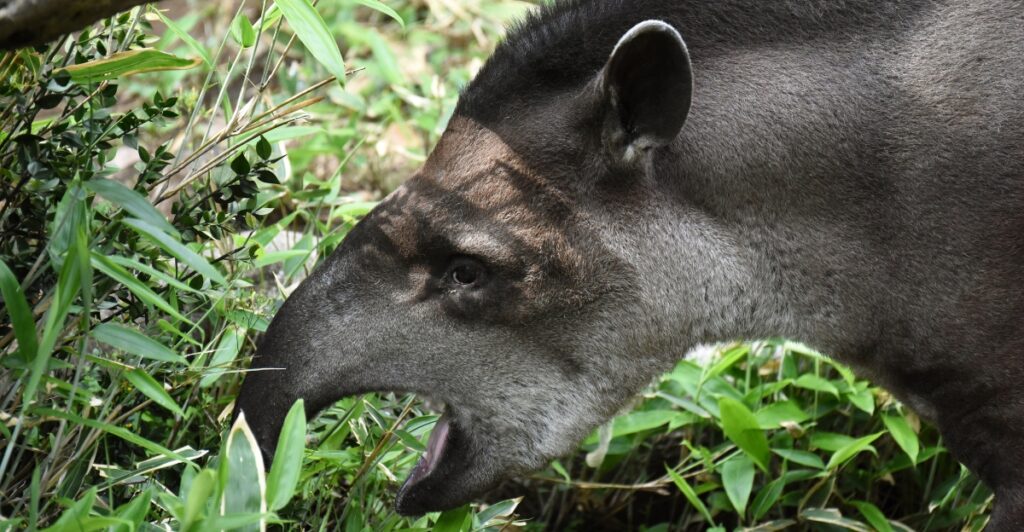
The Inga community isn’t working alone, either. They’ve reached out to neighboring tribes, sharing their experiences and encouraging collaboration. By fostering dialogue, they hope to reduce tapir hunting and promote conservation across a broader region. This outreach has already sparked interest in creating a biocultural corridor linking multiple Indigenous territories. If successful, this initiative could protect vast swathes of forest while strengthening cultural ties between tribes. Such collaborative efforts are essential for tackling regional environmental challenges in a sustainable and inclusive way.
The Vision of a Biocultural Corridor
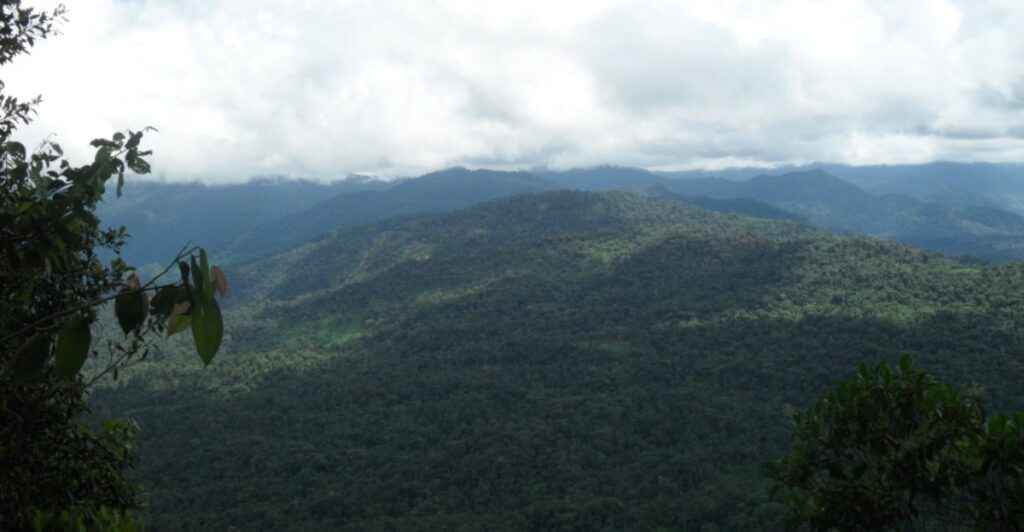
Musuiuiai’s leaders are working toward creating a biocultural corridor spanning over 250,000 acres. This ambitious project would connect habitats, allowing wildlife like tapirs to move freely while preserving Indigenous traditions. The corridor aims to unite multiple communities in a shared commitment to conservation. By integrating cultural practices with ecological goals, the initiative seeks to protect biodiversity while empowering Indigenous groups to manage their lands. If realized, it could serve as a groundbreaking example of regional cooperation for both cultural and environmental preservation.
Inspiring the Next Generation
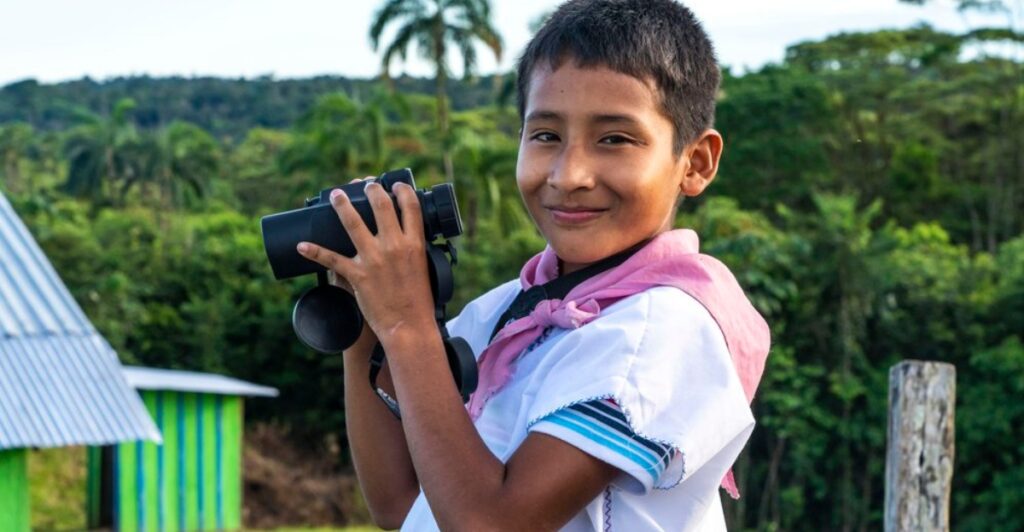
The Inga’s conservation work isn’t just about protecting the tapir, though; it’s about preserving their way of life. By involving young people in their efforts, the community ensures that traditional knowledge is passed down while incorporating modern methods. This intergenerational approach strengthens cultural identity and equips the next generation with the tools to continue their work. Through hands-on experience in conservation, young Inga members develop a deeper connection to their heritage and the environment, fostering a sense of responsibility for the future.
A Global Model for Conservation
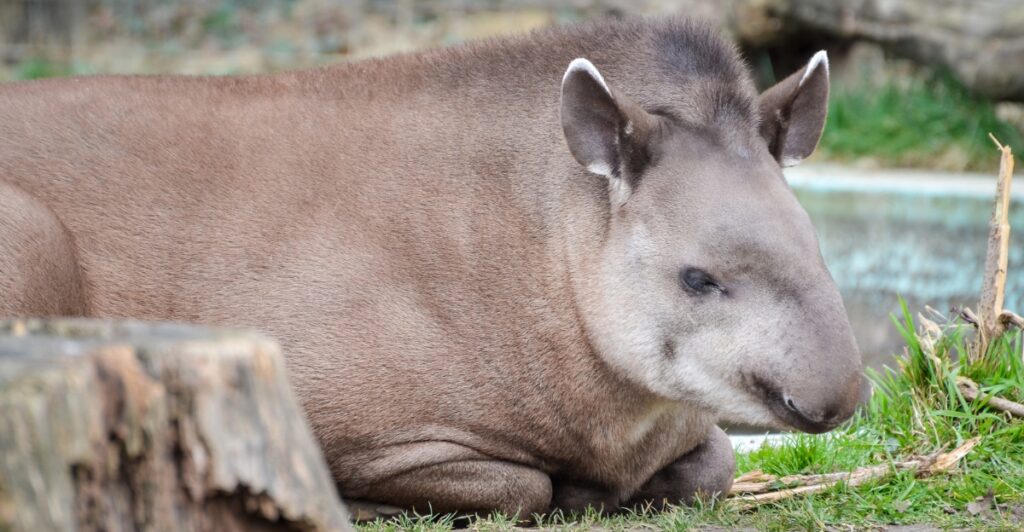
Musuiuiai’s sacred pact to protect the tapir demonstrates the power of integrating Indigenous traditions with scientific innovation. Their work highlights how local communities can drive effective conservation efforts while maintaining cultural integrity. By addressing ecological challenges through a biocultural lens, the Inga offer valuable lessons for other regions facing similar issues. Their initiative reminds us that conservation isn’t just about saving species—it’s about preserving the relationships between people, culture, and the natural world.
Resources:
- Mongabay: Indigenous guardians embark on a sacred pact to protect the lowland tapir in Colombia
- Conservation Leadership Programme: Using lowland tapirs to preserve biocultural diversity in an Indigenous Territory in Colombia
Stay connected with us for more stories like this! Follow us to get the latest updates or hit the Follow button at the top of this article, and let us know what you think by leaving your feedback below. We’d love to hear from you!







